Disclosure- Links in this post may be affiliate links. If you click through and make a purchase, I earn a commission at no additional cost to you. Unless noted, if I am reviewing a product, I have been compensated for my time. I write honest reviews. They are not required to be positive. I only recommend the resources we love and use.
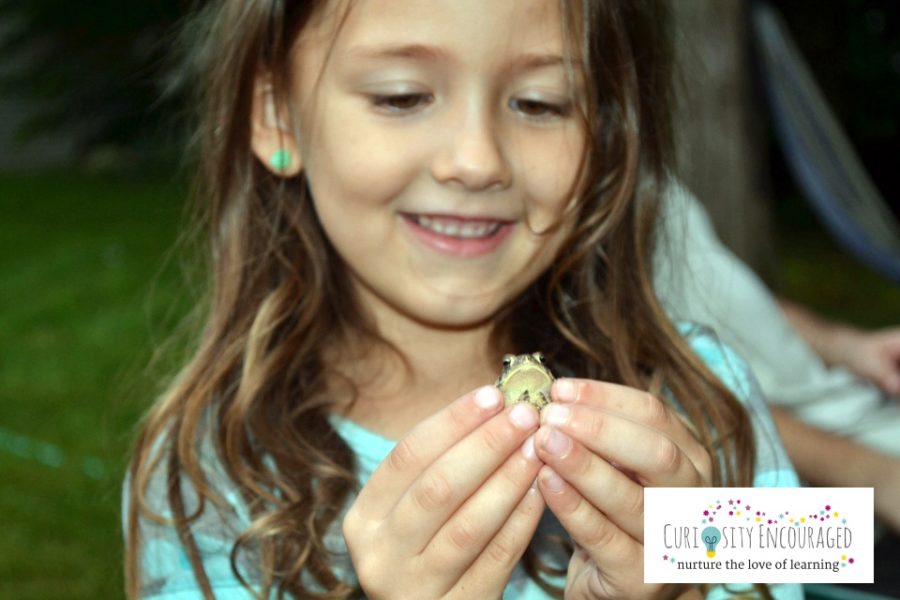
Looking for a homeschool curriculum for preschool? When I first started homeschooling, I was too. They are out there. I found a lot of preschool resources and spent a good deal of money. Looking back, I wish I’d trusted my intuition instead of my fear.
I worked at a preschool through college. A lab school for the university, it offered experiential learning for Early Ed. majors. We started every morning with circle time, but other than that, the kids chose what they wanted to do and moved around to different stations. These stations ranged from playdough and cookie cutters to baskets full of dress-up clothes. There were bins of beans and goop, blocks, easels, and a loft full of books. Every station invited kids to have sensory and imaginative experiences.
Even though I spent three years working at a preschool with people who studied early childhood education and saw how unstructured play helped kids learn when I was a new homeschooler, I didn’t want my three-year-old to fall behind, so I found a homeschool curriculum for preschool and “homeschooled” her.
Well, I tried.
She was NOT interested. See that blue calendar on the right of the picture. I spent a lot of money on it so we could “do school.” It was a huge waste of money.
The first couple of months were very frustrating for both of us.
I thought maybe she couldn’t learn from me.
Maybe I was doing it wrong.
Maybe she needed to go to school.

She kept telling me she just wanted to play.
Writing this now, I know the pressure to prove to everyone who questioned my want to homeschool made me ignore what I already knew worked.
I needed reassurance that play was important, so I found books (see below) and, feeling reassured, gave Play, just play, a try.
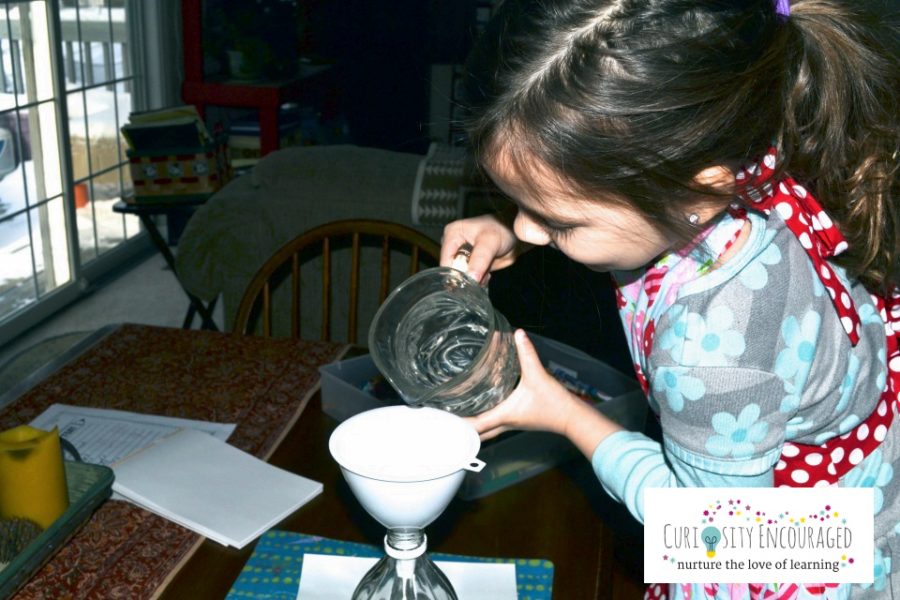
She happily learned all the things I hoped she would and more, and I learned, once again, play and learning go hand in hand.
Creating a Homeschool Curriculum for Preschool
I’m using the word curriculum here loosely because clearly, I no longer think it’s necessary. What is necessary is a connection, a variety of materials, and places for kids to explore.
If you want to homeschool your 2-5-year-old and are feeling the pressure, as I once did, put together your own homeschool curriculum for preschool.
Here’s what you’ll need.
1. Books
Fill your home with books. Go to the library and bring a big bag, go to second-hand stores, and trade books with friends; books are one of the most important things we can have for our kids to explore.
I recommend focusing on connection and helping kids fall in love with books. Pushing kids to read early can backfire. Don’t worry. Reading out loud to our kids helps them learn a lot.
If your child shows interest in reading, let them lead. You might let your child hold the book and retell the story or see what letters and words they are naturally picking up. Answer their questions and encourage them to look at books on their own.
A few suggestions-
- Let young children pick the books you read to them.
- Take them to the library as much as you can.
- Take them to storytimes at the library or local bookstores.
- Fill your home with books.
- Keep books in places they can access independently.
- Make reading time a part of your morning or evening (or both) routine.
My Children Loved-
- Sparkle Stories, WE STILL DO
- Herb Fairies
- When I paused so they could finish the sentence (in a book we’d read several times)
- Playing I-spy on a page
- Books with rhyme
- Books with flaps
- Books with textures
- Choosing their own books at the library (bring a big bag!)
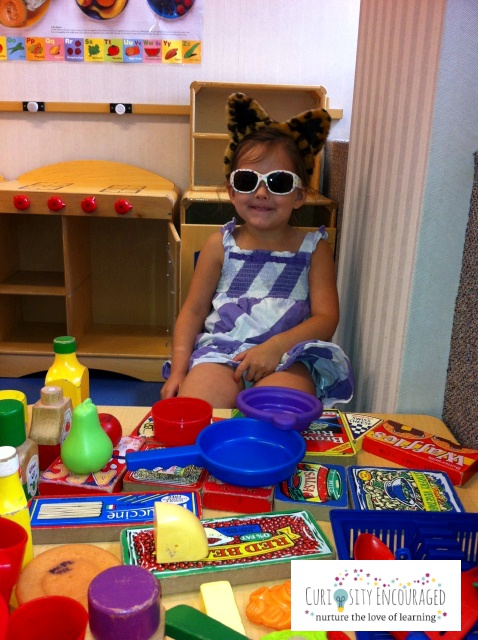
My girl and I spent a lot of time playing in our library’s kid space. She loved making me food.
2. Loose Parts
Another important way for young children to spend time is through imaginary play. Like the kids at the preschool, my children loved our dress-up bin. A simple wicker laundry basket, it was filled with things like Halloween costumes, my father’s old police uniform, purses, pirate hats, and a long dinosaur tail.
Loose parts are things that don’t have instructions. They are things you can use in lots of different ways.
Most of the time, we don’t have to encourage imaginary play. Many kids are naturally drawn to it. We do need to make sure they have time to play, however. Unscheduled free time is important for children of all ages.
Having a handful of loose parts on hand helps. These do not have to be expensive. Second-hand stores, your kitchen, and recycling bins are great places to find things for your kids to explore.
A few suggestions-
- Imaginary play doesn’t have to make sense to us.
- If messes bother you, make clean-up time part of the play.
- If disorder bothers you, stations and swapping out toys keep chaos to a minimum.
- You don’t have to play with them all day long. They can play by themselves.
My Children Loved-
-
- Boxes of all shapes and sizes. The bigger, the better.
- Play food
- Legos or blocks
- Dress up clothes
- Old sheets and blankets
- Face paint
- A cupboard in our kitchen with pots, pans, spoons, and containers
- Stuffed animals
3. Art Supplies
One of the first things I bought our oldest was paint. He was way too young to use it, but I couldn’t wait to do art projects with him. Once he could hold a crayon, believe me, I put one in his little fingers. Bathtub paints, play-dough, sidewalk chalk- thankfully, both my children loved (and still love) creating as much as their father and I do.
A few suggestions-
- Let kids get messy
- Give them lots of different materials to try and use- sticky, gooey, rough, smooth.
- Make sure all art supplies are non-toxic.
- You don’t have to save everything they make! Take a picture and recycle.
- Some kids don’t like to get messy- that’s okay! Try using paintbrushes or q-tips, so they don’t get paint or glue on their hands.
My Children Loved-
- Painting
- Big Beads
- Clay
- Glue
- Cutting paper into teeny tiny bits
- Markers
- Chalk
- Helping me cook
- Building with natural materials
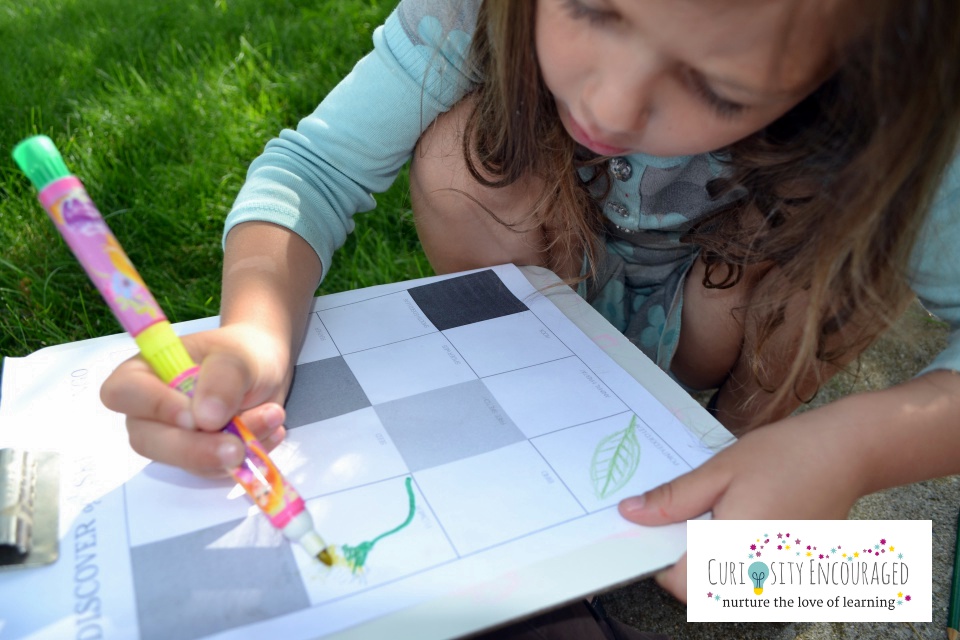
4. The Outdoors
Helping our young children experience the natural world is also important. Go on walks, watch butterflies, play at parks and playgrounds, walk barefoot in grass and sand, make mud pies, and splash in puddles- there are so many ways to play outside. If your child is like mine and wanted to draw everywhere, take art supplies outside.
A few suggestions-
- Walk around your yard or park and let young children touch and smell grass, flowers, and trees.
- Make little rock or stick houses for fairies and woodland creatures.
- Explore all the ways to play in your backyard.
- Go to science museums.
- Start a garden.
- Visit a community or botanical garden.
- Draw things you see.
- Go on a scavenger hunt.
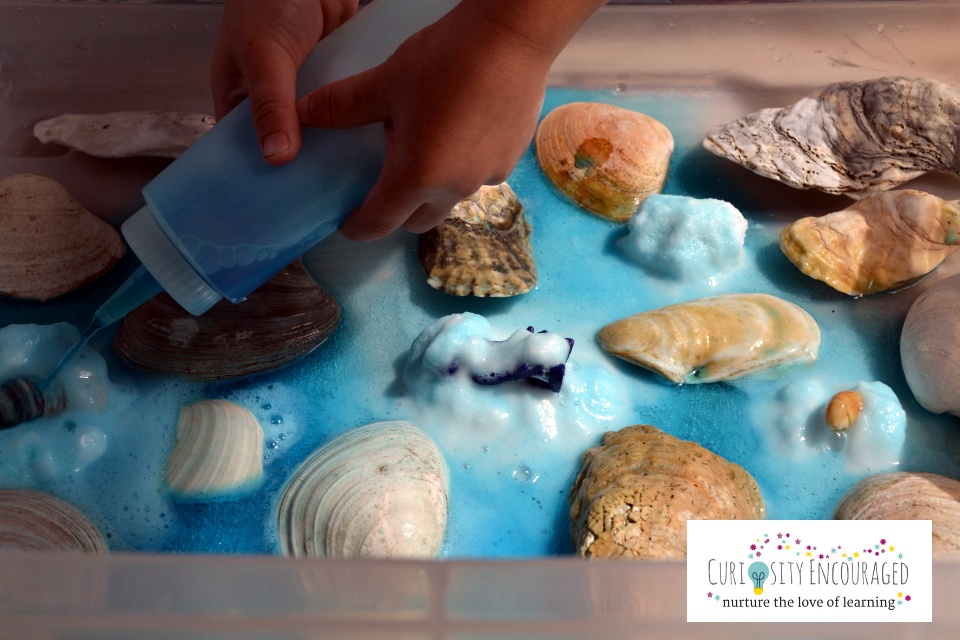
Shells, baking soda, and blue vinegar
5. Sensory Play
Another important thing for children to explore is their senses. Touch, feel, taste, smell, and hearing are all ways we take in information and learn. Play different types of music and try different foods. Let them smell your spices. Touch different things outside and inside your home to see what feels good in their hands.

Sensory bins are another wonderful way to introduce young children to their sense of touch. Depending on the child’s age, fill a tray or plastic bin with:
- water
- soapy water
- dried beans
- sand
- flour
- salt
- rice
- pebbles
- sticks and rocks
- Goop
Along with these materials, my children loved to have spoons, funnels, measuring cups, buckets, plastic animals, and little cars in their bins. They especially loved to pour liquids from one container to another.
6. Things to Count
My kids loved to count when they were little. Their fingers, toes, how many people were in the room, how many bunnies or spiders we saw on our walk, counting is one of those areas of play that requires very few, if any, store-bought resources. They can count everyone and everything!!
A few suggestions:
- Cook together
- Measure toys and flowers
- Build together
- Find different shapes
- Cut things into pieces
7. Ways to Use Fine Motor Skills
Unless your child has an early interest in writing, I don’t suggest focusing on writing until it’s clear they are ready. Maybe controversial, but I’ve learned from experience with my own children and as a teacher that children who are pushed to write HATE writing. I’ve never seen a reliable study that suggests early writers are better writers.
Helping children tune in to and practice their fine motor skills is important, however, and will help them later on when they do become writers.
To get their fine motor skills revved up, they can:
- Pick up small objects with tongs.
- Use scissors
- Lace beads
- Draw
- Color
- Paint with paintbrushes
- Use different art supplies

She drew a treasure map of the backyard, and then we followed it.
8. Movement
So very important, our young kids (and big kids and us) need to move, move, move!! Our family spent much of our children’s little years outside every night after dinner. We kicked soccer balls together, they pushed bubble mowers and rode trikes, and we chased after them a lot!
- Go for walks
- Roll downhills
- Skip, run, jump
- Play hop-scotch
- Have a dance party
- Play follow the leader- let them lead
- Use strollers/slings only when places are crowded or kids are wiped out
Maybe you’ve noticed I haven’t mentioned anything related to screens. I personally don’t believe screens, no matter how great the app claims to be, help young children grow and develop.
With that said, did I use them? Yes.
When I was pregnant with my second child and my husband traveled for two months during the summer, my three-year-old son watched a lot of Thomas while I napped and tried not to puke.
Did he suffer? I don’t think so.
Was it necessary or beneficial to his learning or development? No.
Was it necessary for me? YES!
We do what we have to do, but I don’t think we need to kid ourselves into believing screens for young children are good for anything more than a break for us.
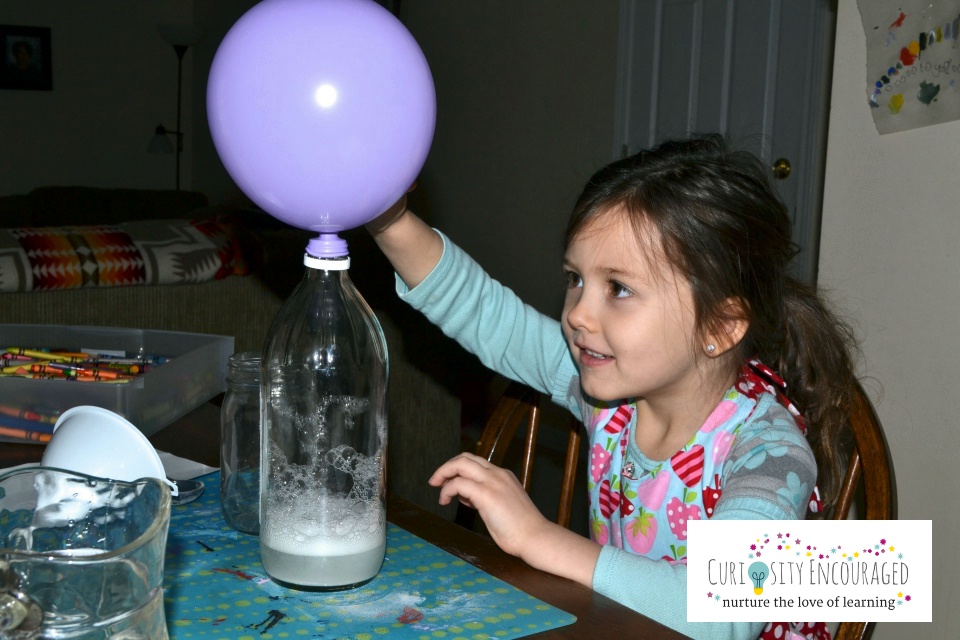
8. Time together
At every age, but especially at these early ages, curl up with books, cook or paint together, and go for walks. You don’t have to be a homeschooler, you might only have evenings or mornings or weekends; it’s time. It’s enough.

Once you have your materials, here are a few things you can do.
- Set up stations for your kids to explore. I rotated the stations. (My type A personality had to do something) but it isn’t necessary. What was necessary was time to play, different things to play with, and time together.
- Find a homeschool park day or start one.
- Check out the library, science museums, art museums, and the community center to find PreK activities.
- Have play dates or trade child care with another family so your kid has time with other kids and you get a break.
You can absolutely find and buy a homeschool curriculum for preschool. If it’s a good one, it will include these types of activities. You can also make these eight things a priority and create your own.
Focus on play, connection, and more play, and your kid will learn a lot!
Looking for Support?
I help families and teachers put together a curriculum, create unit studies, create a homeschool and family rhythm, and find strategies to help kids learn and love to learn.
Here are the other curriculums we used each year and the resources my children loved.
Choosing a Homeschool Curriculum– Tips to Get You Started
Choosing a Homeschool Curriculum- Early Elementary
Choosing a Homeschool Curriculum- Upper Elementary
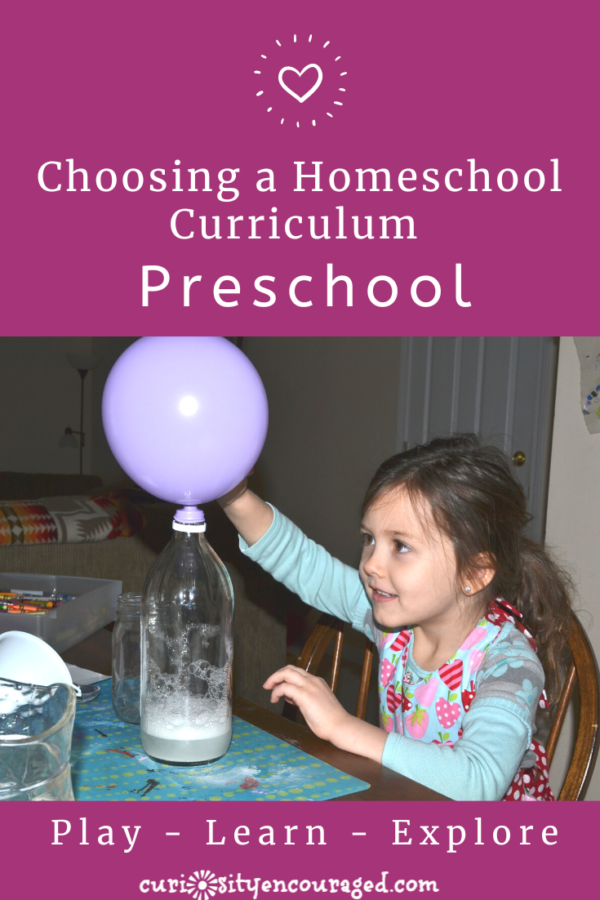

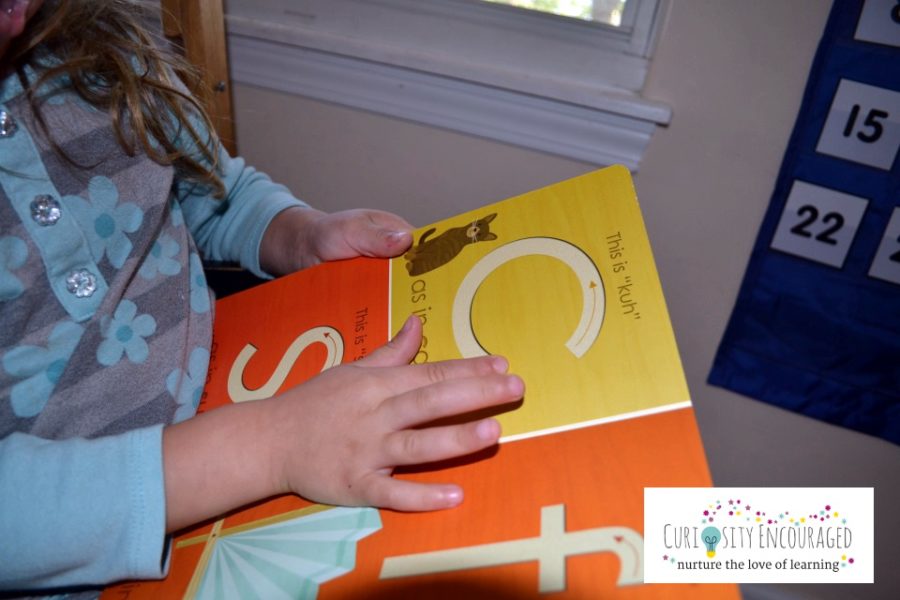


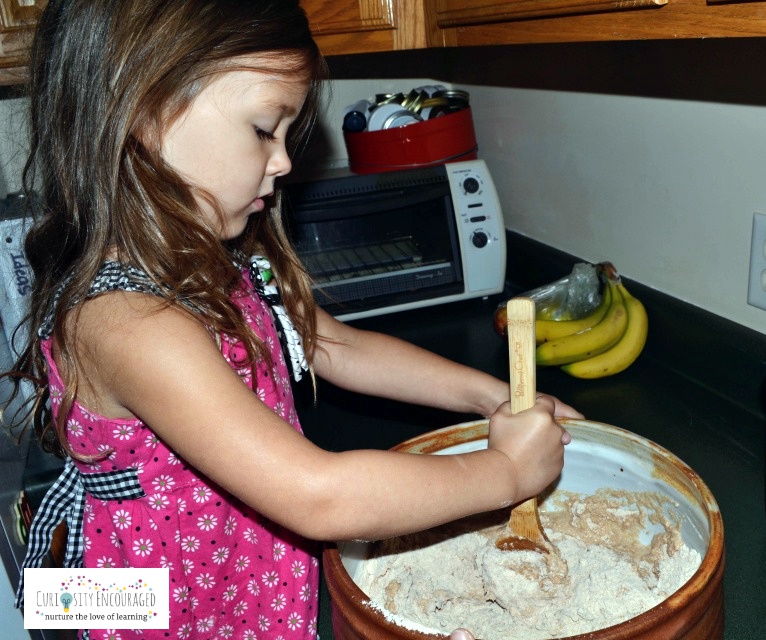


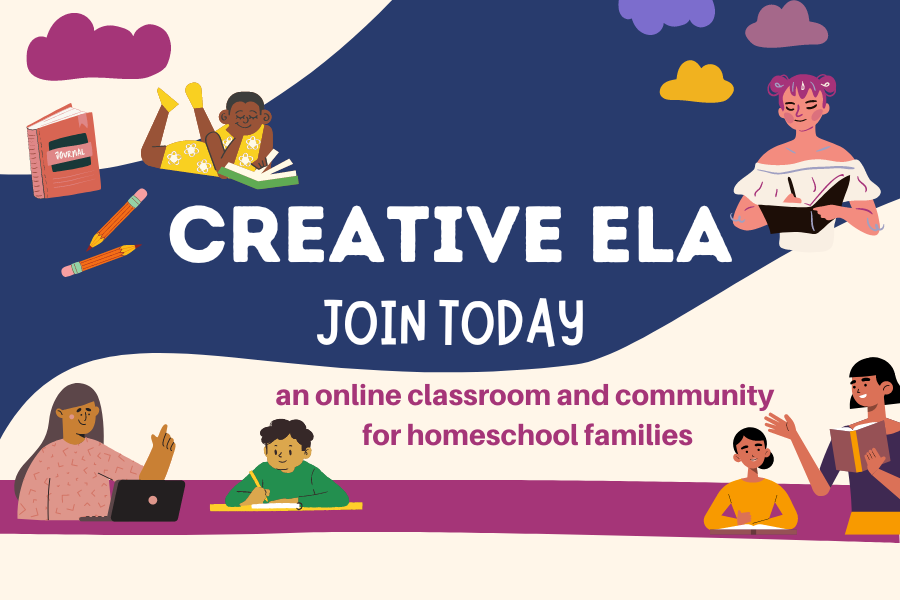


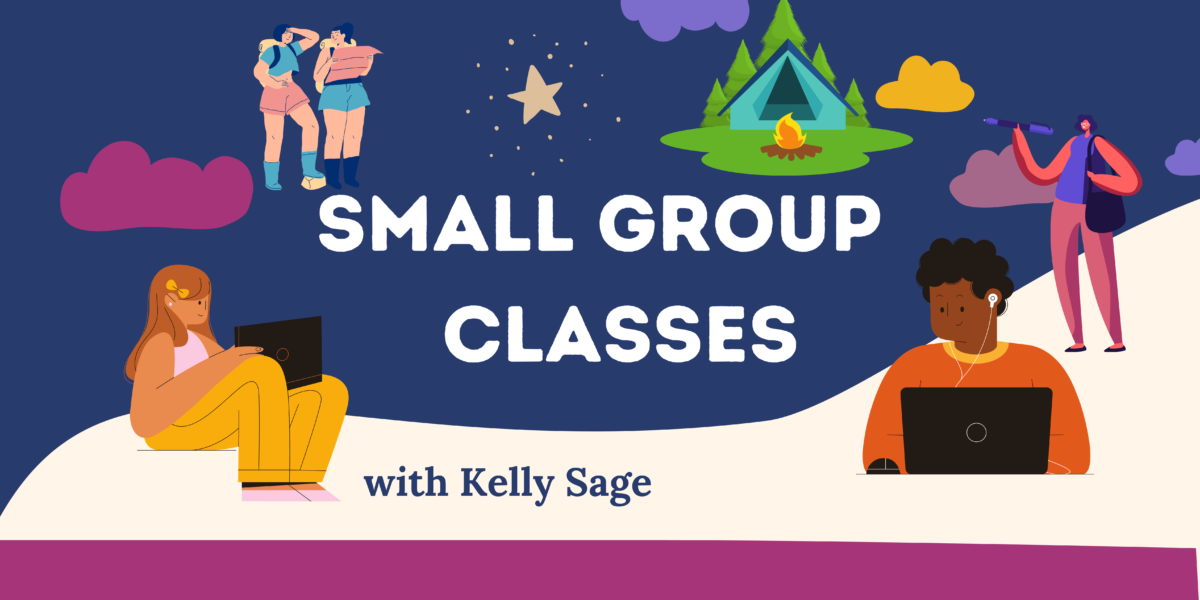
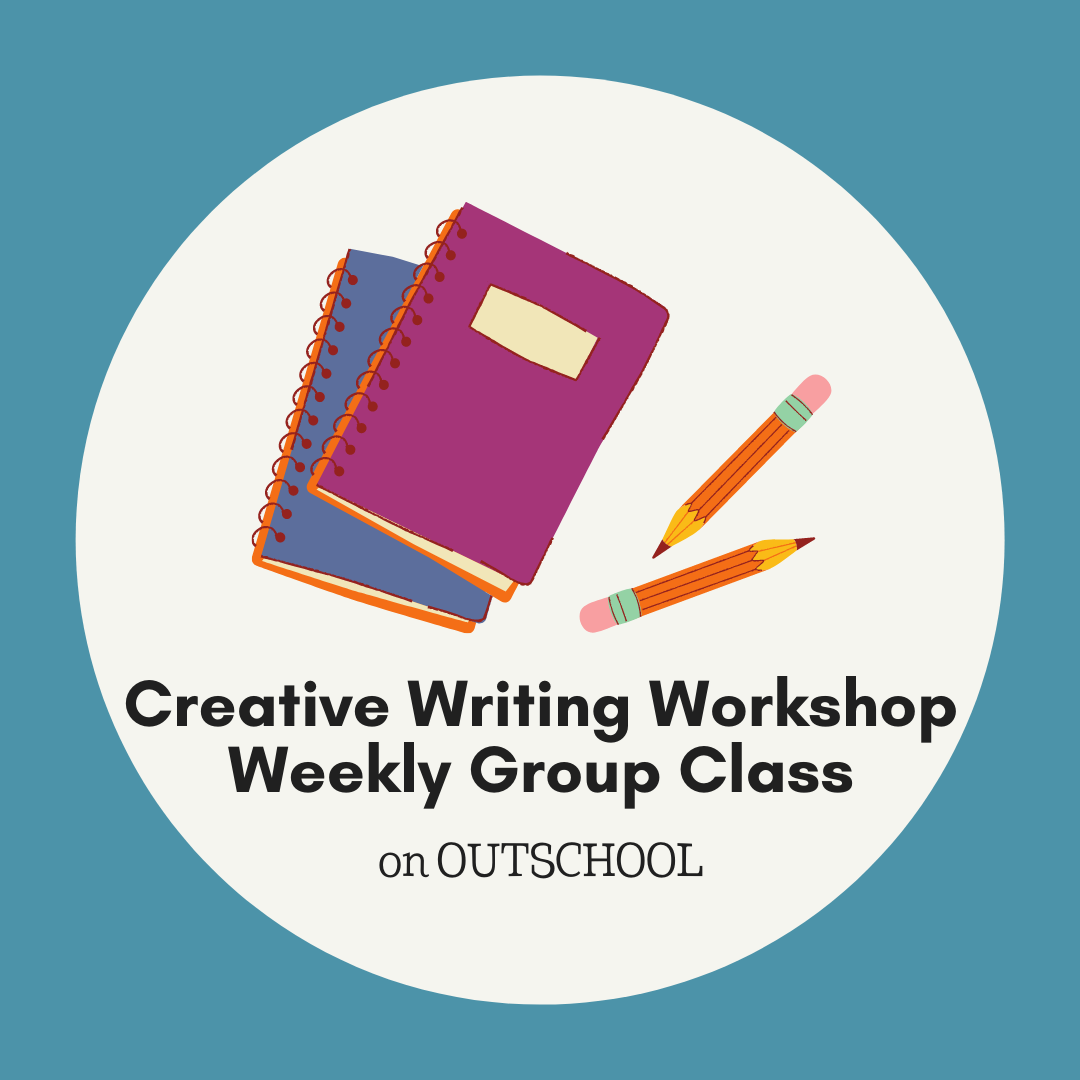






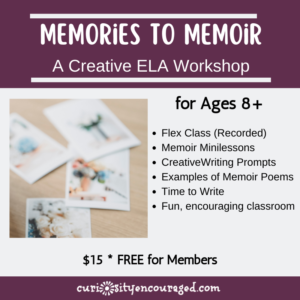
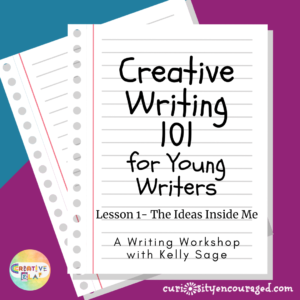


Pingback: Choosing a Homeschool Curriculum for 4th, 5th, and 6th Graders